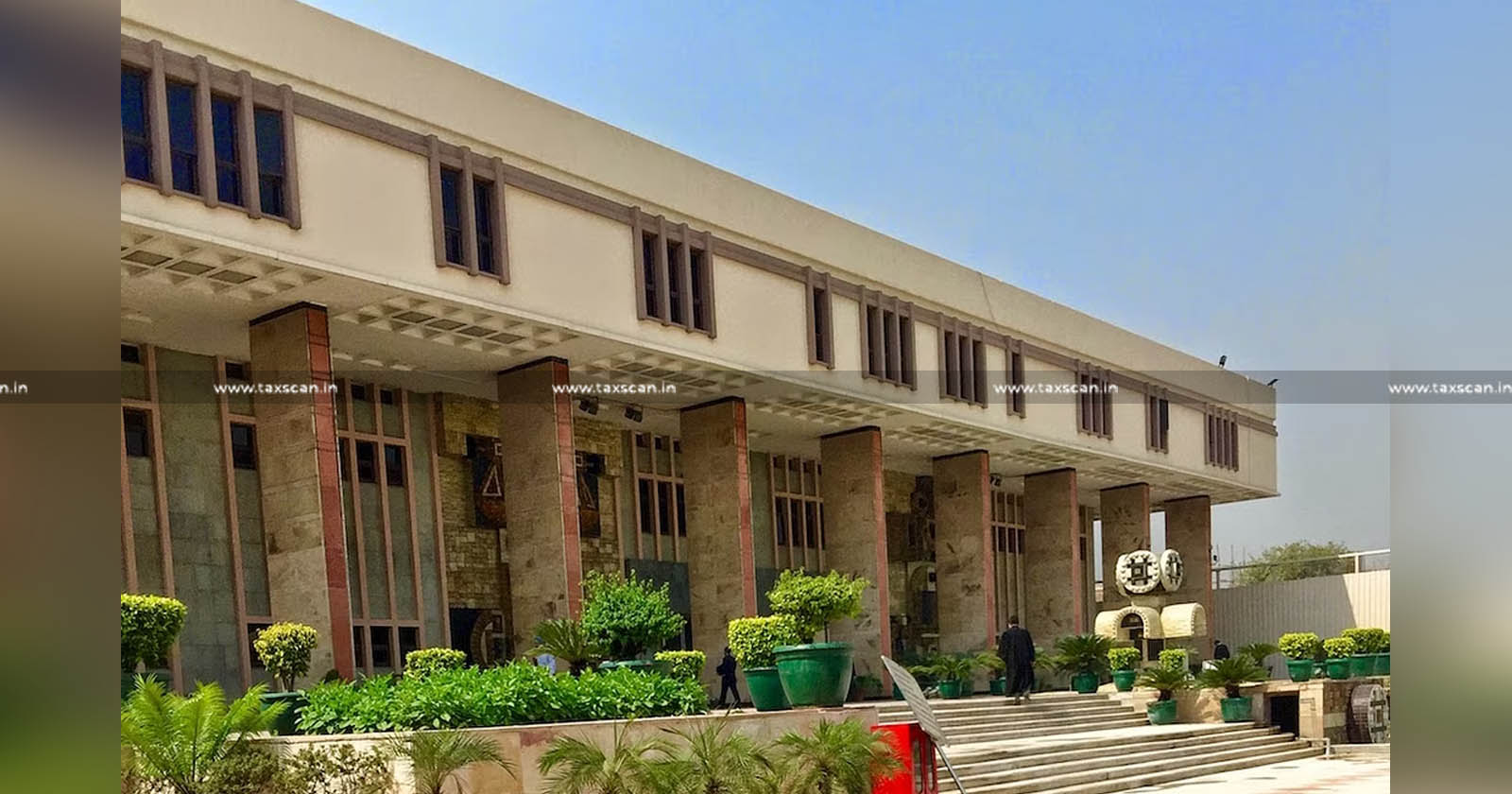TNMM is most appropriate method for International Transactions: Delhi HC upholds Tribunal’s Order [Read Order]

TNMM – Most Appropriate Method – International Transactions-Delhi HC – Tribunal’s Order-TAXSCAN
TNMM – Most Appropriate Method – International Transactions-Delhi HC – Tribunal’s Order-TAXSCAN
The Delhi High Court upheld the order of the Tribunal as the Transactional Net Margin Method (TNMM) is the most appropriate method for international transactions.
M/s Hellmann Worldwide Logistics India Pvt Ltd, the respondent/assessee, a Private Limited Company engaged in multiple homogeneous transactions in the area of airfreight and sea freight, filed its return of income on 31.03.2010 declaring an income of Rs.6,55,59,110/- and the same was processed under Section 143(1) of the Act, after which the case was selected for scrutiny assessment, leading to notice under Section 143(2) of the Act.
The Assessing Officer, having noticed that the assessee during the year under consideration operated as a freight forwarding company in the domestic and international arena, providing land, air, and ocean transport services besides warehousing and custom clearance services, referred to the Transfer Pricing Officer (TPO).
By way of a detailed order dated 27.10.2011 under Section 92CA(3) of the Act, the TPO rejected the CUP method applied by the respondent/assessee, holding the same to be unreliable and not representing true comparability. The TPO held that the external Transactional Net Margin Method (TNMM) with respect to international transactions is the most appropriate method and accordingly directed to enhance the income of the respondent/assessee by Rs.28,87,81,961/- for Assessment Year 2008-09.
Draft assessment order dated 12.12.2011 was prepared by the Assessing Officer under Section 143(3) of the Act, thereby determining the total taxable income as Rs.22,42,12,556/- and the said draft assessment order was forwarded by the Assessing Officer under Section 144C of the Act to the respondent/assessee, granting it an opportunity to oppose the proposed variation(s).
The objections to the draft assessment order were filed by the respondent/assessee before the Dispute Resolution Panel (DRP), which although concurred with the views of the TPO as regards method applied for determination of arm’s length price, reduced the TP adjustment to Rs.9,57,51,817/- and accordingly final Assessment Order dated 30.10.2012 was passed, declaring the income of the respondent/assessee for the relevant year to be Rs.3,11,82,412/-.
The Tribunal directed the respondent/assessee to carry out internal FAR (functions performed, assets employed, and risks taken) analysis and identify proper revenue and costs vis-a-vis the audited accounts to establish internal comparability under TNMM as the most appropriate method (MAM). The Tribunal also held that if the respondent/assessee failed to demonstrate the aforesaid, it would file details in respect of external comparables under TNMM as MAM and TPO shall decide the issue as per law after giving proper opportunity to the respondent/assessee.
It was viewed that there being no stay of the assessment proceedings by way of explicit order dated 11.12.2018 of the Court, after remand of the case by way of the impugned order of the Tribunal, the matter was taken up again by the TPO for fresh determination of the arm’s length price of the international transactions.
The TPO held that it is the external TNMM that should be applied as the MAM under the facts and circumstances of this case for benchmarking the transactions related to the import/export of goods/services.
The TPO computed the arm’s length price of the international transactions related to freight charges received on import and export at Rs.3,18,65,395/- as against Rs.9,57,51,817/- which was determined at the time of the original assessment.
The Tribunal could not have applied internal TNMM as MAM because neither the respondent/assessee nor the Assessing Officer had considered that method to be the most appropriate method.
The Tribunal observed that the respondent/assessee had demonstrated the kind of services rendered by it to its AEs as well as non-AEs by placing reliance on agreements and it was argued before the Tribunal that the assessee deals with AEs as well as independent parties being network partners in all regions of the world wherever there were no affiliates of the parent company of the assessee.
A division bench comprising Justice Rajiv Shakdher and Mr. Justice Girish Kathpalia observed that “the reasoning of the tribunal in the impugned order was robust and without any flaw. For, the ultimate aim of the transfer pricing exercise is to determine an accurate value of the arms-length price for taxation, and the appellate authorities are not precluded from adopting a method different from that adopted by the assessee in the transfer pricing report.”
To Read the full text of the Order CLICK HERE
Support our journalism by subscribing to Taxscan premium. Follow us on Telegram for quick updates


